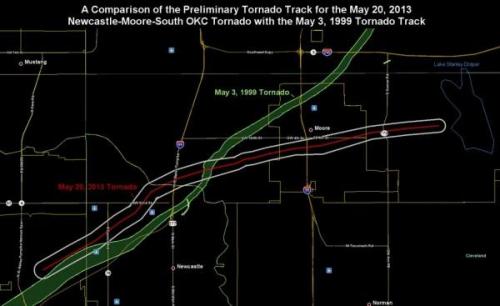You beat me to the punch !!! Oh well, that's what I get for being hardcore and going into exquisite detail (jk). As mathematic suggested, Newton's method can be used to approximate the answer to this problem.
Although Newton's method is a root-finding algorithm, it can also be used to approximate the result of many different types of operations (e.g. ath roots [math]\sqrt[a]{b}[/math], logarithms [math]\text{log}_{\,a}b[/math], nested logarithms [math]\text{nLog}_{\, a}b[/math], inverse trig functions [math]\text{sin}^{-1} x[/math] or [math]\text{cos}^{-1} x[/math], etc...), which is actually pretty cool when you think about how powerful it is when used for numerical analysis .
In order to use Newton's method for our purpose, we have to shift our function along the [math]y[/math] axis such that the root / zero is connected with our [math]b[/math] variable (I haven't been to bed in a couple of days so I'm not sure if I worded that correctly, but the following example should clarify what I mean):
[math]x_{n+1}=x_{n}-\frac{f\left(x_{n}\right) - b}{f'\left(x_{n}\right)}[/math]
For instance, to use Newton's method to find the [math]a[/math]th root of [math]b[/math], or [math]\sqrt[a]{b}[/math], we simply use the following algorithm:
[math]x_{n+1}=x_{n}-\frac{\left(x_{n}\right)^{a}-b}{a\,\left(x_{n}\right)^{a-1}}[/math] where [math]a[/math] and [math]b[/math] are constants, [math]f(x)=x^{a}-b[/math], and [math]f'(x)=a\left(x\right)^{a-1}[/math].
Because this method should converge to a value, all you have to do is repeat the process until you reach the desired accuracy. It is important to note that this method works for both, unary (trig functions, etc...) and binary (addition, subtraction, etc...) operations. For now, let's rework your equation into a more interesting form (again, I'm probably making this more complicated than it should be due to a lack of sleep):
[math]e^{1/x}-x=0[/math]
Add [math]x[/math] to both sides:
[math]e^{1/x}=x[/math]
Take the natural log of both sides:
[math]\text{ln}\left(e^{1/x}\right)=\text{ln}\left(x\right)[/math]
Simplify the result:
[math]\frac{1}{x}=\text{ln}\left(x\right)[/math]
Multiply both sides by [math]x[/math]:
[math]1=x\,\text{ln}\left(x\right)[/math]
Let's get rid of that natural logarithm by raising [math]e[/math] to the power of both sides:
[math]e^1=e^{x\,\text{ln}\left(x\right)}[/math]
Simplify the result:
[math]e=x^x[/math]
Now that's an interesting result that we can work with. So, let's define our function as
[math]f(x)=x^x-b[/math]
where [math]b = e \approx 2.718281828459045...[/math] and with [math]x^x[/math] possibly representing a nested exponential with [math]a=2[/math] such that [math]x^{\left \langle 2 \right \rangle} = (x)^x[/math]. Anyways, without delving further into madness, we find that the derivative of [math]f(x)[/math] is
[math]f'(x)=x^x\left(1+\text{ln}\,x\right)[/math]
Substituting all of this into Newton's method we finally arrive at our algorithm, and can now determine the value of [math]x[/math] that satifies the equation [math]e^{1/x} - x = 0[/math] :
[math]x_{n+1}=x_{n}-\frac{\left(x_{n}\right)^{\left(x_{n}\right)}-e}{\left(x_{n}\right)^{\left(x_{n}\right)}\left(1+\text{ln}\,\left(x_{n}\right)\right)}[/math]
Enjoy!!!








